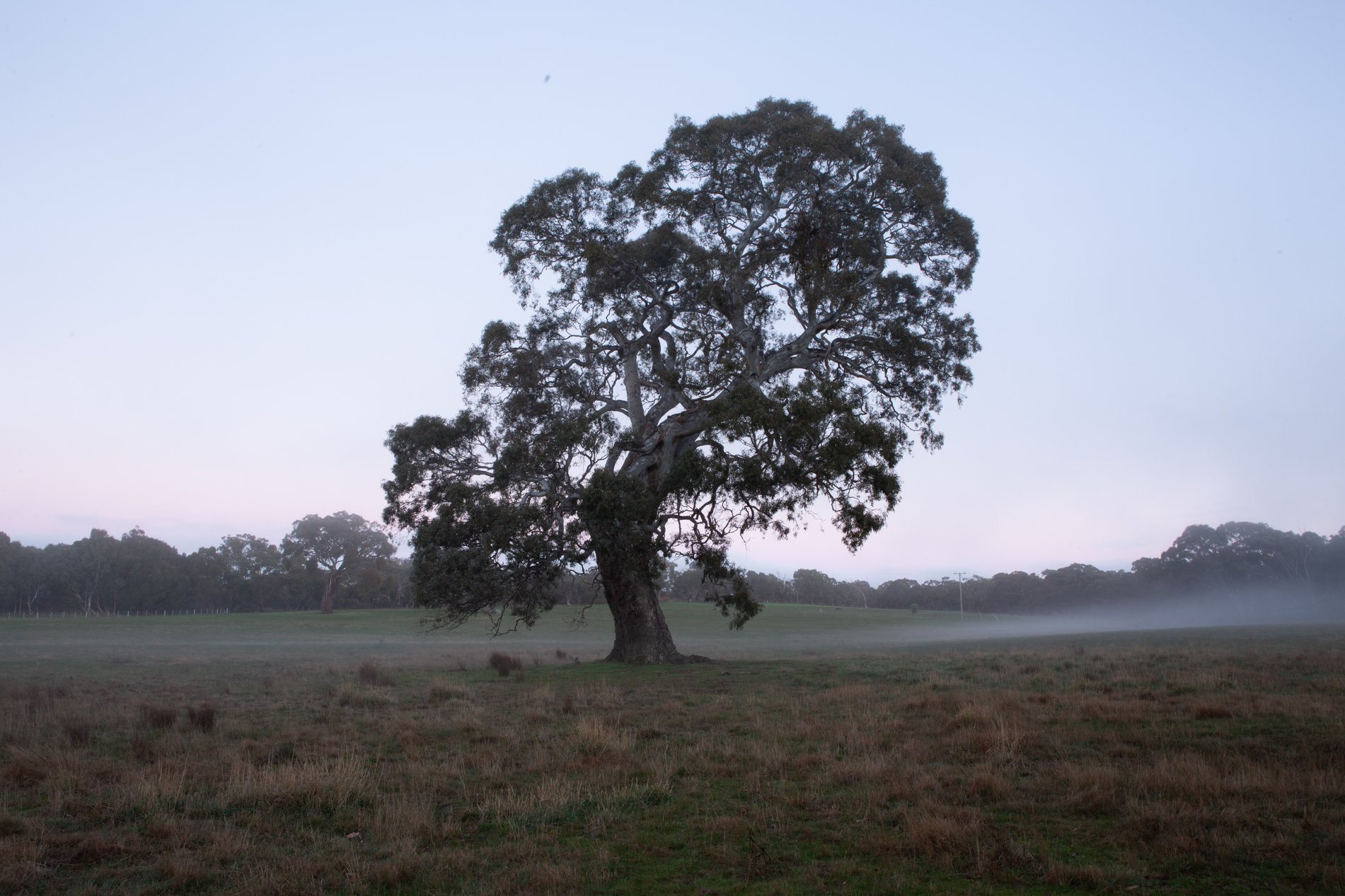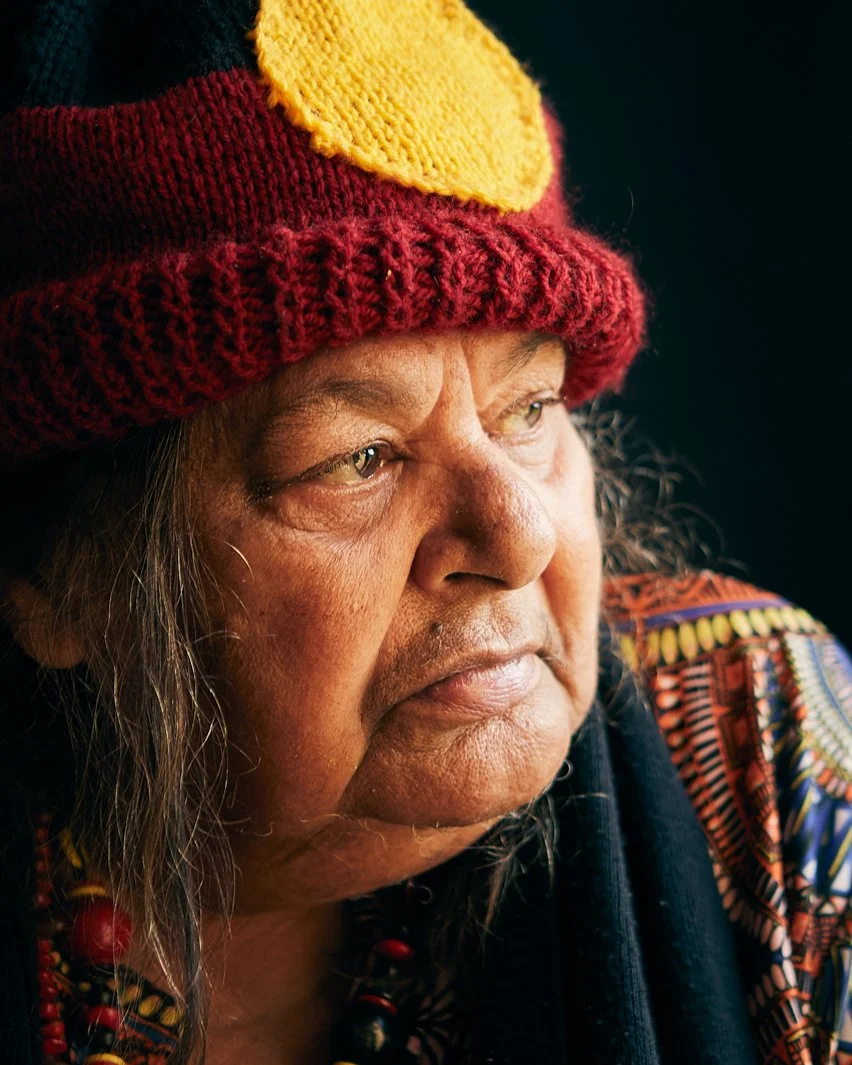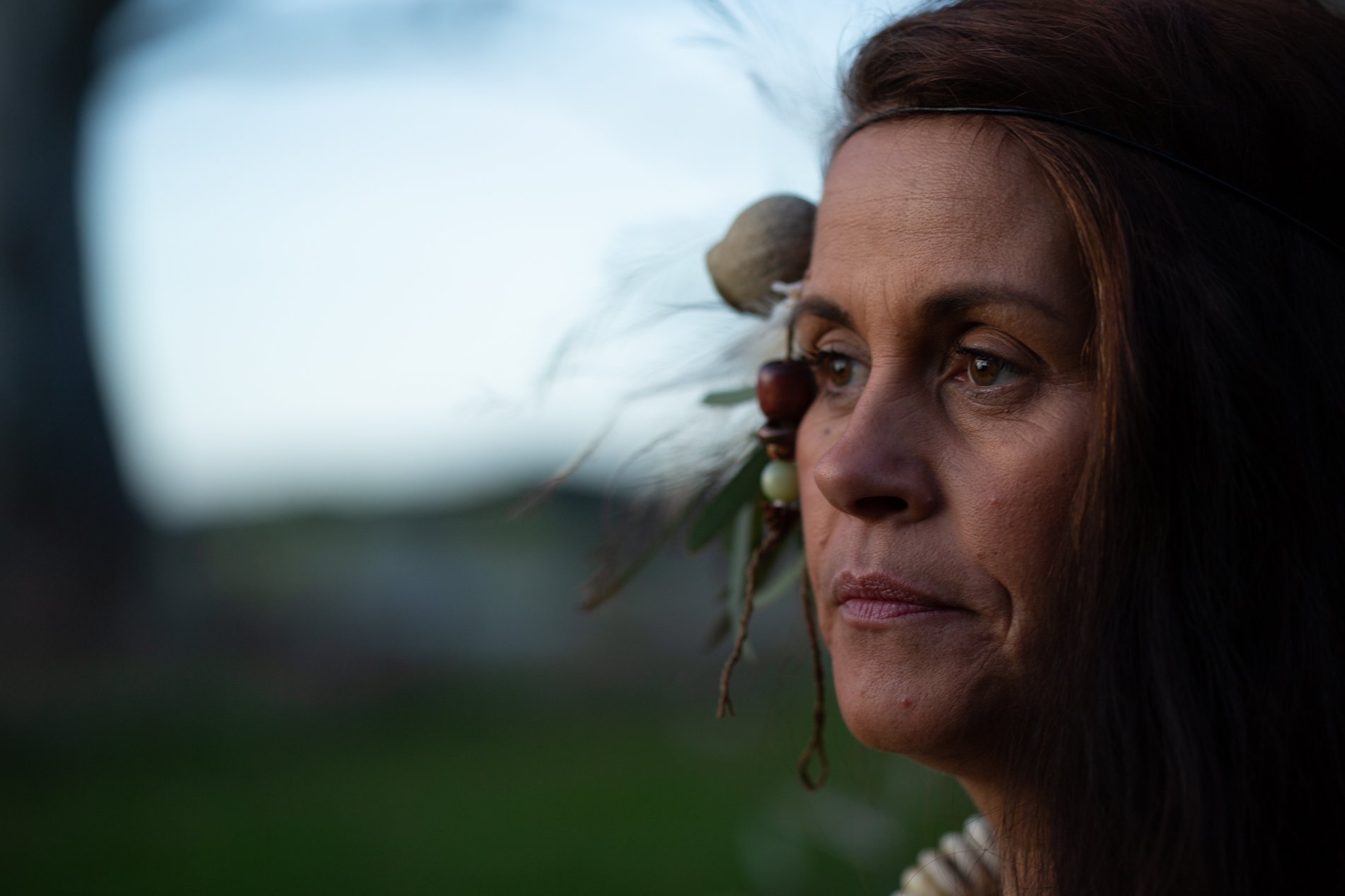Djab Wurrung Heritage Embassy
Djab Wurrung embassy frontline have been on country for almost two years, protecting the identity and survival of the Djab Wurrung people.
There is a 12 kilometre stretch that has been threatened by state and federal governments that have given the approval of a highway duplication. Djab Wurrung country goes from Beaufort to Hamilton to Stawell and parts of Gariwerd (known as the Grampians). It’s an ongoing fight for first nation’s recognition and sovereignty in so-called Australia.
This portrait series is collaboration, created with some of the folks from the Embassy and Avraham. The series was created to show the people of the Djab Wurrung camp and their connection to country and culture. Each painting features one of the sacred trees being protected and they sit in the land they protect.
Zane
Zellanach
Manz Jane
Bec Jacobi
Aunty Sandra Onus
Watch the Documentary
Artist Statement
These portraits are the record of a relationship that has developed over the last year between myself and these leaders. What you see is not just a depiction of these people, but also what is important to them about their home and thier culture. It is said that all portraits are self portraits, and in this series I am thinking about what it means for me to call this country home, and how to prioritise the first nations people that live here. For me the most powerful place to put my energy is by creating strong personal relationships, and helping foster these connections between the embassy and a wider audience.
















